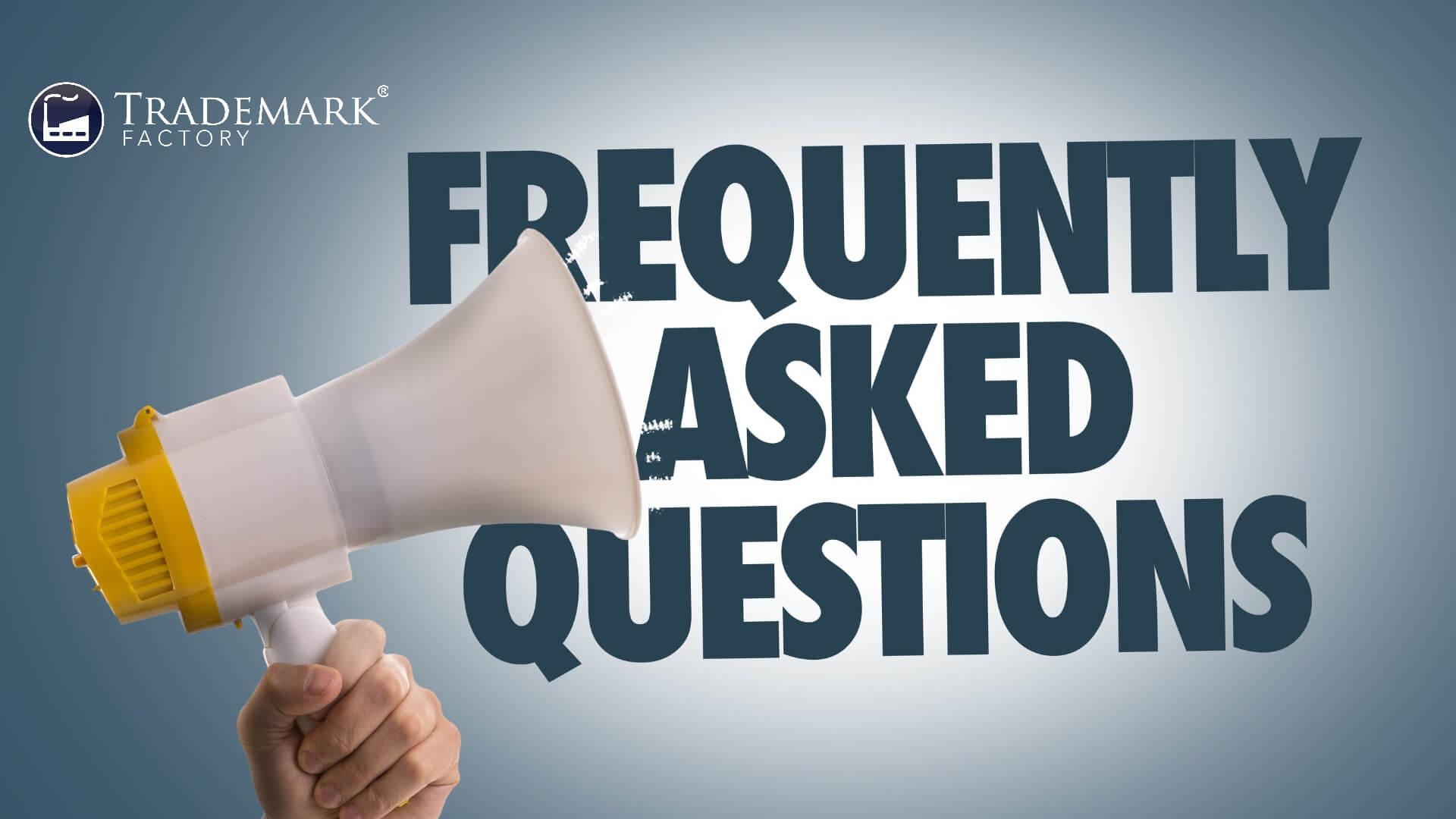Elevating Brand Value Unpacking Trademark Brand Equity and Goodwill

This article aims to explore the concept of trademark brand equity and goodwill and their significance in trademark valuation. By examining the measurement and future of brand equity and goodwill in relation to trademarks and valuation, as well as their impact on trademark valuation and transactions, this study seeks to emphasize the importance of these factors in building a robust trademark portfolio. The analysis presented here will provide strategic insights into how elevating brand value through enhancing brand equity and goodwill can contribute to the overall success and competitiveness of brands in today's market.
Key Takeaways

- Trademark Brand equity and goodwill are critical components in assessing the value of a trademark.
- Brand equity encompasses intangible aspects such as brand awareness, perceived quality, brand associations, and customer loyalty.
- Quantitative and qualitative measurement techniques are used to measure brand equity and goodwill.
- Brand equity plays a crucial role in licensing and selling a trademark, as it influences licensing agreements and can generate additional revenue.
The Role of Brand Equity and Goodwill in Trademark Valuation

Brand equity and goodwill are critical elements in assessing the value of a trademark. Defined as the intangible assets associated with a brand, brand equity represents the added value that a well-known and reputable brand brings to a business. Goodwill, on the other hand, refers to the positive reputation, customer loyalty, and overall perception of a company, which contributes to its long-term success. When evaluating brand equity and goodwill, it is important to consider various components such as brand awareness, perceived quality, brand associations, and customer loyalty.
Defining Brand Equity and Goodwill
Evaluating the value of a trademark involves understanding the concepts and challenges in valuing brand equity and goodwill, which play significant roles in contributing to the overall worth of a trademark. Brand equity refers to the value that a brand holds in terms of customer perception, loyalty, and recognition. Measuring brand equity helps businesses gauge their market position and potential profitability. It is important to distinguish brand equity from brand value, as the former focuses on intangible aspects while the latter includes tangible assets. Several factors influence brand equity, such as brand awareness, perceived quality, and brand associations. Additionally, goodwill represents an intangible asset that contributes to a company's reputation and customer loyalty. Transitioning into the subsequent section about components of brand equity and goodwill…
Components of Brand Equity and Goodwill
One crucial aspect to consider when assessing the worth of a trademark is the composition of its intangible assets, which are instrumental in shaping customer perception and fostering loyalty. Brand equity components such as brand awareness, brand associations, perceived quality, and brand loyalty play a significant role in influencing brand perception. Additionally, factors like marketing activities, product performance, and external influences can impact how consumers' behavior perceive a trademark brand equity and goodwill influence. These factors ultimately contribute to the overall value of a trademark. Understanding these components and factors is essential for measuring brand equity and goodwill accurately in a trademark transaction.
Brand Equity Components
Factors Influencing Brand Perception
Brand Awareness
Marketing Activities
Brand Associations
Product Performance
Perceived Quality
External Influences
Brand Loyalty
Measuring brand equity and goodwill in a trademark involves utilizing various techniques such as customer surveys, financial analysis, and market research. By quantifying the intangible assets that make up brand equity, businesses can better understand the value they hold within their trademarks. Furthermore, recognizing the impact of brand equity on trademark transactions allows for informed decision-making regarding licensing agreements or mergers/acquisitions.
Measuring Brand Equity and Goodwill in a Trademark

When measuring brand equity and goodwill associated with a trademark, it is important to consider both quantitative and qualitative measurement techniques. Quantitative measurement techniques involve numerical data and objective metrics such as market share, customer loyalty, and financial performance. On the other hand, qualitative measurement techniques focus on subjective factors such as brand perception, customer attitudes, and emotional connections to the brand. By utilizing both quantitative and qualitative approaches, a comprehensive understanding of the intangible assets can be achieved, providing valuable insights for trademark valuation and management strategies.
Quantitative Measurement Techniques
Quantitative measurement techniques provide a systematic and objective approach to assessing brand equity and goodwill. These techniques include brand valuation, which assigns financial value to a brand based on its market performance. Customer perception analysis measures how customers perceive the brand, while market share analysis evaluates the brand's position in the market relative to its competitors. Financial performance assessment examines the brand's financial indicators, such as revenue and profitability. Competitive analysis compares the brand with its competitors in terms of various metrics. Transitioning into qualitative measurement techniques, another aspect of evaluating brand equity is...
Qualitative Measurement Techniques
Qualitative measurement techniques provide valuable insights into consumer perceptions and brand image, allowing for a comprehensive assessment and enhancing of trademark brand equity and goodwill. Through exploratory research methods such as focus groups and surveys, marketers can delve deeper into understanding consumer attitudes, emotions, and associations towards a brand. This qualitative analysis helps to identify key elements of brand image that contribute to its overall value. By carefully designing survey instruments and employing appropriate data collection techniques, researchers can gather rich qualitative data that informs strategic decision-making processes. As such, qualitative measurement techniques play a crucial role in evaluating and enhancing brand equity and goodwill.
Transitioning into the subsequent section about 'the impact of brand equity and goodwill on trademark transactions,' it is evident that an in-depth understanding of these concepts is essential for effective management of intellectual property assets.
The Impact of Brand Equity and Goodwill on Trademark Transactions

This discussion will focus on the impact of brand equity and goodwill on trademark transactions, specifically in the context of licensing and selling a trademark. Brand equity plays a crucial role in these transactions as it represents the value associated with a particular brand name and its reputation. By leveraging brand equity, licensors can generate additional revenue through licensing agreements, while sellers can capitalize on the strong brand image to command higher prices for their trademarks.
Licensing and Brand Equity
Licensing agreements are significantly influenced by the strength of brand equity and have implications on revenue generation. To maximize revenue through licensing, it is crucial to develop effective licensing strategies that consider brand value assessment and the impact of brand equity. Key factors in evaluating licensing potential include:
- The reputation and recognition of the brand
- The level of trust consumers have in the brand
- The emotional connection consumers feel towards the brand
- The perceived quality and superiority of the brand's products or services
- The extent to which the brand aligns with consumer values. Understanding these aspects can help businesses strategically leverage their brand equity to unlock new licensing opportunities. This analysis sets the stage for selling a trademark and goodwill without compromising its value.
Selling a Trademark and Goodwill
In the previous subtopic, we discussed licensing and its relationship to brand equity. Now, we shift our focus to selling a trademark and goodwill. This involves employing effective selling strategies, utilizing various valuation methods to determine the worth of the trademark and goodwill, considering legal considerations and implications of brand equity and goodwill in trademark disputes that may impact the sale, understanding buyer expectations, and employing negotiation tactics to maximize value. Understanding these factors is crucial in successfully navigating the process of selling a trademark and goodwill.
Selling Strategies
Valuation Methods
Legal Considerations
Market research
Income approach
Licensing agreements
Targeted marketing
Market approach
Intellectual property rights
Negotiation skills
Cost approach
Non-compete clauses
Transitioning into the subsequent section about 'the importance of brand equity and goodwill in building a strong trademark portfolio', it is essential to recognize how these elements contribute significantly to creating a robust trademark portfolio.
The Importance of Brand Equity and Goodwill in Building a Strong Trademark Portfolio

Portfolio diversification and brand equity are two crucial factors that contribute to the strength and value of a trademark portfolio. By diversifying their portfolio, companies can reduce risk and increase their potential for growth, as they are not overly reliant on a single brand or product. Additionally, brands with strong equity are more likely to attract partnerships and business opportunities, as they have established trust and recognition in the market. Leveraging this brand equity can further facilitate expansion and drive success in new markets or industries.
Portfolio Diversification and Brand Equity
To enhance brand equity and goodwill, a diversified trademark portfolio can be effective in increasing overall brand strength through strategic diversification strategies. Some benefits of portfolio diversification include minimizing risks associated with relying on a single trademark, capturing a wider audience by targeting different market segments, maximizing brand visibility and recognition, fostering innovation and creativity within the organization, and building a robust brand that is adaptable to changing market trends. By leveraging brand equity gained from an effectively diversified portfolio, companies can expand their reach and explore new growth opportunities.
Leveraging Brand Equity for Expansion
By utilizing the accumulated trust and recognition associated with their established trademarks, companies can effectively expand their market presence and explore new growth opportunities. Leveraging brand equity is a strategic approach that allows businesses to capitalize on the existing value of their brands to drive trademark portfolio growth. This can be achieved through various expansion strategies such as line extensions, brand licensing, or entering new markets. Successful examples of brand strength driving portfolio expansions include Procter & Gamble's extension of the Tide brand into various laundry-related products and Coca-Cola's expansion into different beverage categories. The benefits of leveraging brand equity for expansion are increased customer loyalty, enhanced market positioning, and potential revenue diversification.
Brand Strength Examples
Expansion Strategies
Procter & Gamble - Tide
Line Extensions
Coca-Cola
Brand Licensing
Entering New Markets
Frequently Asked Questions

What Is the Difference and Relationship Between Trademark Brand Equity, Goodwill, and Company Value in the Context of Trademark Valuation?
Brand equity refers to the intangible value of a brand derived from customer loyalty, market positioning, reputation management, and competitive advantage. Goodwill, on the other hand, includes both tangible and intangible assets that contribute to a company's overall value.
How Do You Determine the Financial Value of Brand Equity and Goodwill in a Trademark?
Determining the financial value of brand equity and goodwill in a trademark involves measuring methods such as analyzing financial indicators, assessing market perception, evaluating consumer loyalty, and considering competitive advantage.
Can Brand Equity and Goodwill Be Measured Objectively, or Is It Subjective?
Measuring subjectivity in brand equity and goodwill poses challenges. Quantitative and qualitative approaches are utilized. Customer perception plays a crucial role in determining brand equity and goodwill, as does brand reputation. Marketing and advertising efforts impact brand equity and goodwill.
What Are Some Factors That Can Positively or Negatively Impact Brand Equity and Goodwill in a Trademark Transaction?
Positive factors and negative factors can both impact brand equity and goodwill in a trademark transaction. An impact analysis is necessary to assess these factors, which can be measured using various methods in trademark valuation.
Are There Any Legal or Regulatory Considerations When It Comes to Building a Strong Trademark Portfolio With a Focus on Brand Equity and Goodwill?
Legal considerations and regulatory requirements play a crucial role in building a strong trademark portfolio focused on brand equity and goodwill. This includes ensuring compliance with trademark infringement laws and implementing effective intellectual property protection strategies to safeguard brand reputation.
Conclusion
 In conclusion, brand equity and goodwill play a crucial role in trademark valuation. Measuring the strength of a brand and its intangible assets is vital in determining its value. Additionally, brand equity and goodwill have a significant impact on trademark transactions, influencing buyer perception and willingness to pay. Building a strong trademark portfolio requires focusing on developing and nurturing brand equity and goodwill over time. By understanding their importance, businesses can strategically elevate their brand value and position themselves for long-term success in the marketplace.
In conclusion, brand equity and goodwill play a crucial role in trademark valuation. Measuring the strength of a brand and its intangible assets is vital in determining its value. Additionally, brand equity and goodwill have a significant impact on trademark transactions, influencing buyer perception and willingness to pay. Building a strong trademark portfolio requires focusing on developing and nurturing brand equity and goodwill over time. By understanding their importance, businesses can strategically elevate their brand value and position themselves for long-term success in the marketplace.
Subscribe to Trademark Wednesdays, our weekly newsletter where we'll send fun and informative trademarking topics straight to your inbox.




